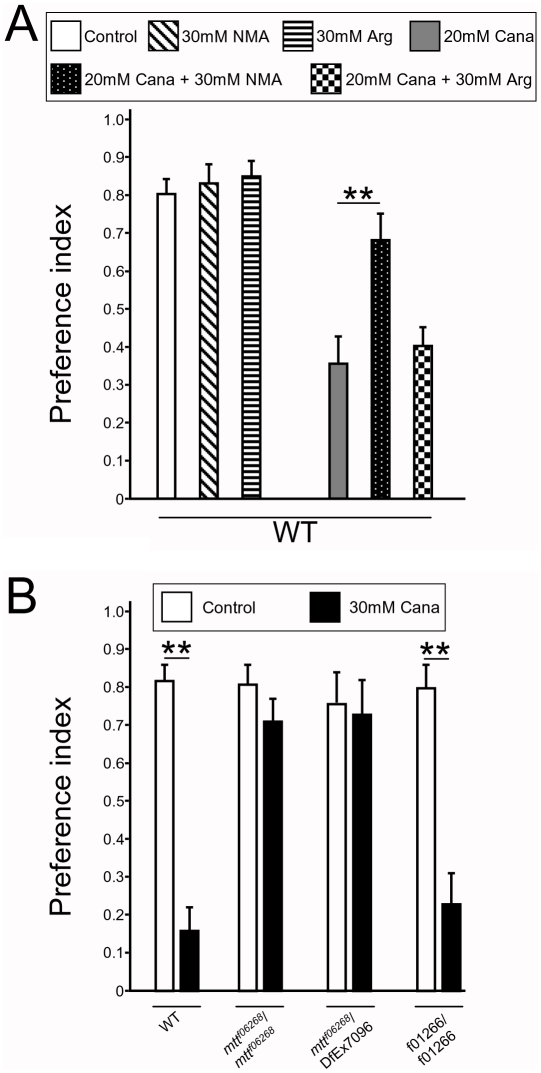Figure 3. The L-canavanine–induced repulsive behavior requires the DmXR function.
(A) Pharmacological inhibition of DmXR by the NMA antagonist reduces l-canavanine repulsive effect. Histograms show the preference index (PI) for the blue solution from two-choice feeding assays in which drugs have been added to the blue solution. There was no significant difference in the behavior of WT flies (WT) that fed similarly on the blue control solution (white) and on the blue solution containing either 30 mM NMA (diagonally hatched) or 30 mM l-arginine (Arg) (horizontally hatched). Significantly more flies fed on the blue solution containing 20 mM l-canavanine (Cana)+30 mM NMA (dotted) than on the blue solution containing 20 mM l-canavanine (grey). l-arginine (30 mM) had no effect on 20 mM l-canavanine repulsive effect (checkered). Error bars indicate SEM. Asterisks indicate significant differences by t-test (p<0.001). (B) mtt mutant flies are insensitive to l-canavanine. Histograms show the preference index (PI) for the blue solution from two-choice feeding assays by using the blue solution without (white) or with (black) 30 mM l-canavanine. WT and the genetic background control f01266/f01266 flies are strongly repulsed by l-canavanine and avoid feeding it. In contrast, mttf06268/mttf06268 and mttf06268/DfEx7096 mutant flies are insensitive to l-canavanine, as they fed similarly on the blue solution with or without l-canavanine. Error bars indicate SEM. Asterisks indicate significant differences between the intakes of the blue solution without or with l-canavanine by t-test (p<0.001).

